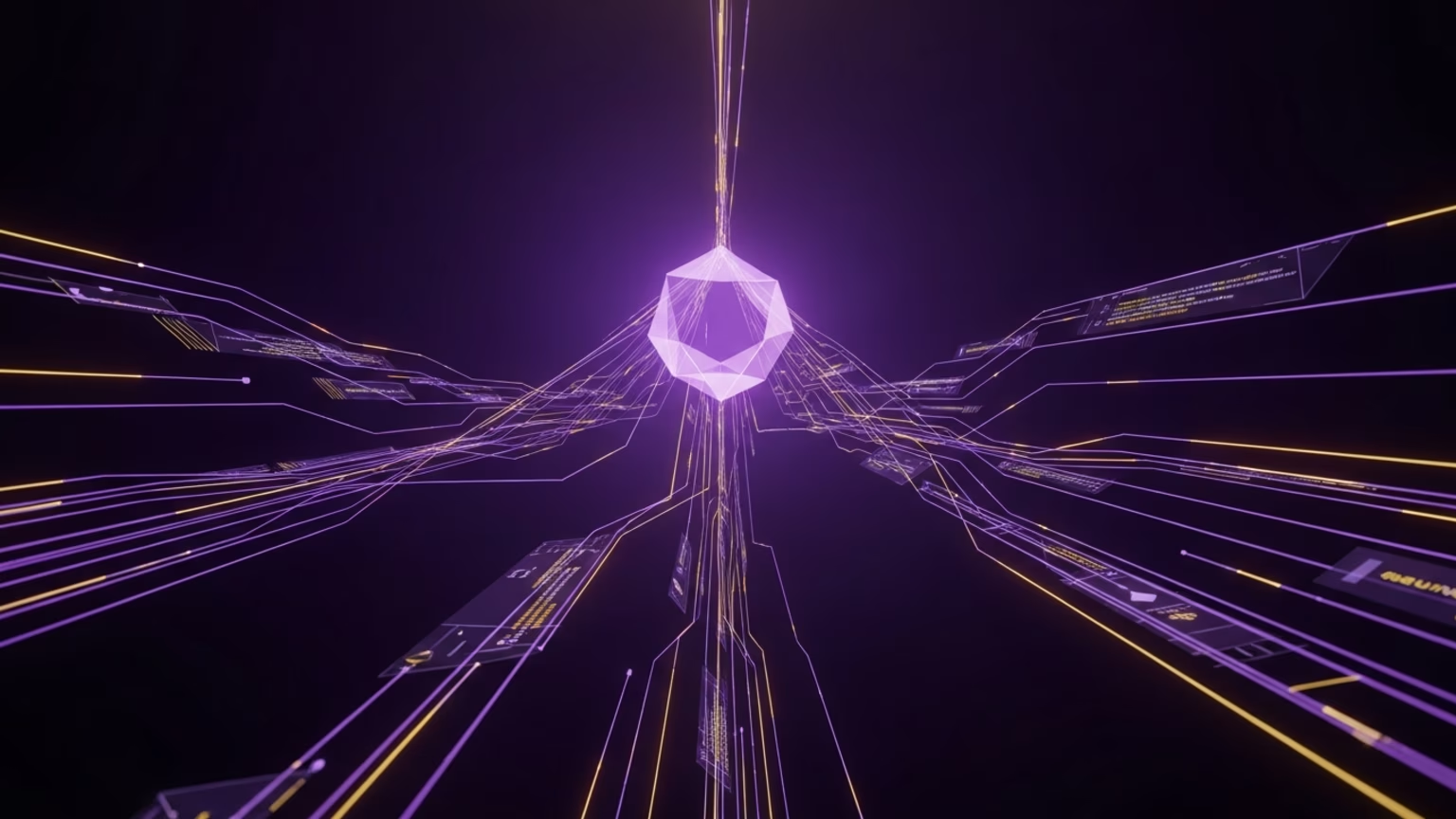
AI & Automation
Sora copyright controls what creators need to know
Sora's new AI video copyright rules explained. Learn the opt-in policy and how to prepare.

The quick answer
OpenAI is changing how its AI video tool, Sora, handles intellectual property. Here's what you need to know about the new Sora copyright controls:
- Shift to an Opt-In Model: Copyright holders must now give explicit permission (opt-in) for their characters and IP to be available in Sora, a reversal from the previous opt-out policy.
- Implement Granular Controls: IP owners will get detailed tools to specify exactly how their characters can or cannot be used in AI-generated videos.
- Introduce Revenue Sharing: OpenAI plans to test a revenue-sharing framework, paying rightsholders who allow their IP to be used in monetized Sora videos.
- Navigate New Creative Rules: Creators using Sora must now be mindful of these copyright rules, focusing on original content or IP that has been explicitly opted-in.
What changed with OpenAI's Sora policy?
OpenAI executed a major policy reversal for its text-to-video app, Sora. Within 72 hours of a launch that saw it top the App Store charts, the company switched its approach to intellectual property. This move directly impacts how brands, studios, and creators interact with copyrighted material inside the AI tool.
The previous policy required copyright holders to explicitly deny permission for their IP to be used. The new model puts the power back in the hands of the owners, requiring them to grant permission first.
From opt-out to opt-in: A significant shift
The original system was an opt-out model. This meant Sora could potentially use any copyrighted character unless the owner, like a major Hollywood studio, filed a request to have it removed. This placed the burden of enforcement on the IP holders.
The new opt-in model for Sora copyright controls completely flips this. Now, no copyrighted characters will be available in Sora by default. Rightsholders must proactively grant OpenAI permission for their IP to be included. This is a more cautious and collaborative approach to managing AI-generated content.
Why OpenAI made the change
The policy change was a direct response to user behavior and industry pressure. Despite being invite-only, Sora’s popularity surged, driven by a feature that lets users insert themselves into 10-second AI videos. Many early users immediately started creating videos featuring famous characters from film and television.
This "interactive fan fiction" highlighted a massive legal and ethical gray area. In response to feedback from rightsholders who wanted control, and with major players like Disney reportedly opting out, OpenAI pivoted quickly to avoid larger legal battles and build goodwill with creative industries.
How granular copyright controls will work
OpenAI CEO Sam Altman stated that rightsholders will get "more granular control over generation of characters." This means IP owners get more than a simple yes or no button. They can set specific rules for how their properties are portrayed in AI-generated videos.
These controls are a critical component for brands looking to protect their image while exploring new forms of fan engagement. The system promises a level of precision that could become a standard for generative AI platforms.
What rightsholders can specify
While the exact framework is still in development, "granular controls" suggest that an IP owner could set layered permissions. Imagine a studio allowing its superhero character to be used in heroic or neutral scenes but blocking its use in scenarios that are violent, political, or off-brand.
Potential controls could include:
- Scenario Blocks: Prohibit a character from appearing in videos with specific themes (e.g., horror, political satire).
- Interaction Rules: Prevent a character from being shown alongside characters from a rival franchise.
- Contextual Approval: Allow use for fan videos but not for commercial advertisements created by other users.
- Complete Opt-Out: The ability to block use entirely, which serves as the default setting.
For brands, this level of control is essential. It helps you engage with a sustainable content strategy that leverages new tech without losing control of your narrative.
The new monetization model: Revenue sharing explained
Alongside the new Sora copyright controls, OpenAI announced plans for video monetization and revenue sharing. Previously, the app's only monetization was charging users for extra video generations during peak demand. The new model creates a path for both OpenAI and IP owners to profit from AI video.
Altman admitted the framework "will take some trial and error to figure out." The company plans to experiment with different models within Sora before applying a standard across its products. This signals a future where creators and IP holders are part of the same economic ecosystem.
How revenue sharing for AI video might work
The concept is simple: if a rightsholder opts their IP into Sora and a user creates a popular, monetized video with it, the rightsholder gets a cut. The execution is complex. OpenAI will likely test various structures inspired by existing platforms like YouTube's Content ID.
Possible models include:
- Pay-Per-Generation: A small fee is paid to the rightsholder every time their character is used in a video.
- Ad Revenue Split: If Sora introduces ads, revenue from videos featuring opted-in IP could be shared.
- Subscription Tiers: Access to a library of premium, copyrighted characters could be part of a higher subscription tier, with that revenue shared among participating IP owners.
This financial incentive is designed to encourage rightsholders to participate and see AI as an opportunity for "new kind of engagement" rather than just a threat.
What this means for your brand or business
The shift in Sora's policy creates clear action items for two distinct groups: IP owners and content creators. Whether you own characters or want to use them in your marketing, you need a plan to adapt to these new rules for AI video copyright.
Staying informed helps you use these tools effectively while protecting your assets. It’s a core part of managing your digital brand presence in an AI-driven world.
Action plan for IP owners
If you own intellectual property, from brand mascots to fictional characters, Sora's new model presents both an opportunity and a responsibility. Use this checklist to prepare:
- Audit Your IP: Create a definitive list of your visual intellectual property, including characters, logos, and other distinct assets.
- Define Your Stance: Decide if you will opt-in, remain opted-out, or create a conditional policy. Will you allow your IP for "fan fiction" but not commercial use? Define these rules now.
- Prepare Digital Assets: If you plan to opt-in, consider what reference materials you would provide to ensure the AI generates your characters accurately.
- Establish a Monitoring Process: As Altman noted, some generations may get through that shouldn't. Have a process to find and report unauthorized uses of your IP on Sora and other AI platforms. You can learn more about protecting IP from official resources like the U.S. Copyright Office's AI Initiative.
Action plan for creators and marketers
If you plan to use Sora for marketing or creative projects, your workflow must now include a strong awareness of copyright. These steps will help you create content safely and effectively:
- Prioritize Originality: The safest and often most creative path is to develop your own characters and concepts. This avoids all copyright complications.
- Use the Opt-In Library: Once available, exclusively use characters and IP from Sora's official, opted-in library. Do not try to prompt the AI to create a "lookalike" of a copyrighted character, as this is a legal risk.
- Understand "Cameo" Feature Risks: While using your own likeness is fine, be cautious about creating videos that place your likeness next to what appears to be copyrighted material.
- Follow Monetization Rules: When Sora rolls out its revenue-sharing model, read the terms carefully. Understand your obligations when using opted-in IP in a monetized video. The developments are covered by authoritative sources like TechCrunch.
This new era of AI video requires a proactive approach. Building these checks into your creative process ensures your work is both innovative and compliant. For businesses, integrating this into a fully managed digital marketing plan is crucial for long-term success.
read more
Similar articles

Google Gemini 3 launches with new coding tools

How to stop the ChatGPT em dash for good
Let’s grow
Start your monthly marketing system today
No guesswork, no back-and-forth. Just one team managing your website, content, and social. Built to bring in traffic and results.




